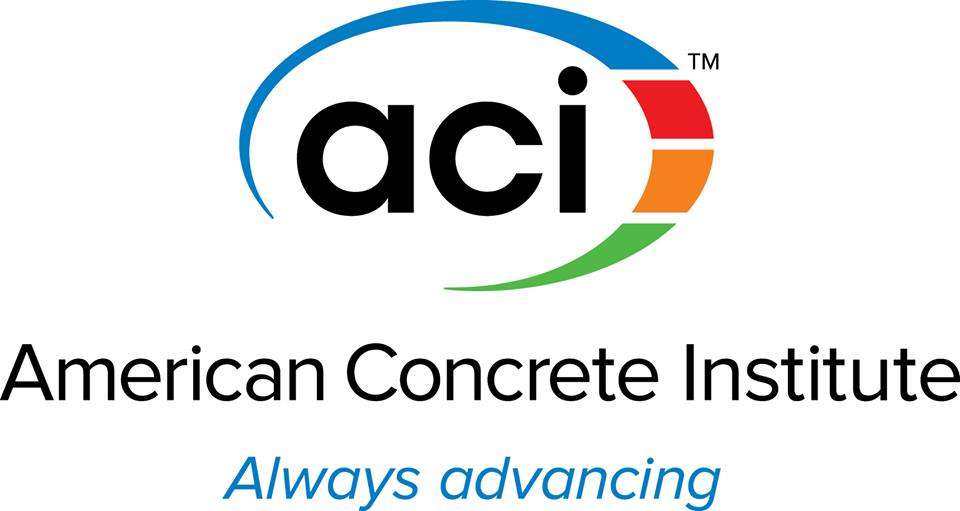Recently, the American Concrete Institute (ACI) published a revised 212.3R document in which changes to Chapter 15 were made.
What is ACI 212.3R?
The ACI 212.3R report provides excellent guidance into the uses of chemical admixtures into concrete with chapter 15 specifically focusing on permeability-reducing admixtures (PRAs). It helps differentiate PRAs which are suitable for hydrostatic conditions (PRAH) and non-hydrostatic conditions (PRAN) and outlines benefits of certain types of PRAs and how to evaluate them.
As the industry continues to learn from experience and develop better methods of evaluating construction materials for specific applications, this  valuable resource was improved and updated as well. The 2010 document may have had its shortcomings, but it was a good first step into defining the specifics of waterproofing materials for the concrete industry.
valuable resource was improved and updated as well. The 2010 document may have had its shortcomings, but it was a good first step into defining the specifics of waterproofing materials for the concrete industry.
What is new in ACI 212.3R-16?
The new document further expands what can be defined as a PRA by adding new categories and providing more insight into testing specifics. Details of performance requirements for waterproofing admixtures to be classified as PRAH were also updated. There is now more emphasis placed on long-term performance evaluations and proper testing procedures (e.g. U.S. Army Corps of Engineers CDR C48, DIN 1048-5, and BS EN 12390-8, etc.) to obtain the performance requirements for PRAHs.
Common test methods to indirectly test the permeability of concrete (i.e. ASTM C1202) or to evaluate a PRA for hydrostatic applications (e.g. ASTM 1585, etc.) are stressed as inappropriate test methods for assessing the performance of PRAHs. The new document also highlights the importance of supporting products for controlling cracking, construction details, and compatible repair systems as requirements to creating a waterproof structure.
Why crystalline admixtures for your waterproofing solution?
 The major benefit, performance aside, of crystalline admixtures is it gives concrete the ability to self-seal. Self-sealing is the capability for concrete to autogenously seal up cracks which may form during the service life of a structure, providing a long-term waterproofing benefit which other PRAs are unable to deliver. This is an important consideration when deciding between PRAs because concrete has a tendency to crack over time. Cracks create potential pathways for water to travel through and damage the structure. With a crystalline admixture in the concrete, cracks can repair themselves and stop the leak without additional concrete repairs cost, saving the owner money. The new ACI 212.3R-16 chapter 15 document stresses this aspect in addition to construction joint treatment and compatible repair systems when considering between waterproofing solutions.
The major benefit, performance aside, of crystalline admixtures is it gives concrete the ability to self-seal. Self-sealing is the capability for concrete to autogenously seal up cracks which may form during the service life of a structure, providing a long-term waterproofing benefit which other PRAs are unable to deliver. This is an important consideration when deciding between PRAs because concrete has a tendency to crack over time. Cracks create potential pathways for water to travel through and damage the structure. With a crystalline admixture in the concrete, cracks can repair themselves and stop the leak without additional concrete repairs cost, saving the owner money. The new ACI 212.3R-16 chapter 15 document stresses this aspect in addition to construction joint treatment and compatible repair systems when considering between waterproofing solutions.
The bottom line is for the customer to do their research, consider relevant information when it comes to choosing a PRA that is suitable for their application and making sure it will last the service life of their structure.






